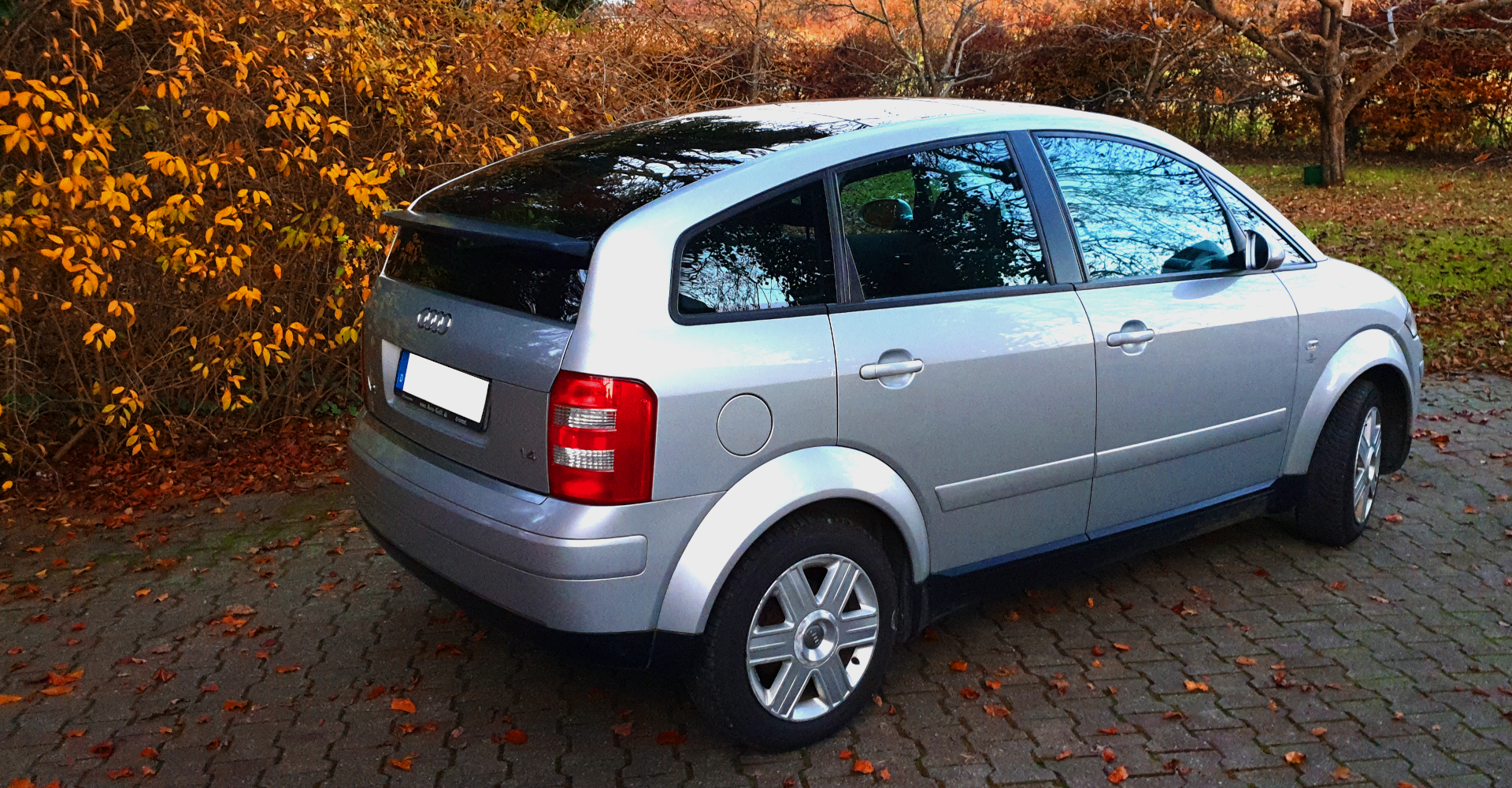
Convincing
A Good Website Works for You.
Anyone can build websites these days. So why hire a professional?
Because a good website fits like tailored clothing and acts like a salesperson working for you 24/7. A well-crafted website is worth your investment.
A Website That Turns Visitors into Customers
Having a beautiful storefront is not enough. A website must convert visitors into customers.
Where do you currently stand? Is your website already working for you—or against you?
Learn here what sets the Netjutant apart from other agencies, what makes a good website, and why all of this doesn’t have to be expensive.
Open Source
Technologies
No Hidden
Dependencies
Custom
Design
Search Engine
Optimized
Brand New or
Relaunch
Responsive
& Accessible
GDPR Compliant
& Robust Code
The Difference
Four Ways to Your Own Website
Making a great first impression matters—whether at a business meeting, on a date, or online. Your website is often the first point of contact with potential customers and should fit as well as a good outfit.
Cheap off-the-shelf, expensive with a flashy logo, or custom-made at a premium price? There is a fourth way to a website, and it’s smarter than the rest.
Option 1
Discount Websites – Cheap but Short-Lived
Like T-shirts from a bargain bin: With DIY systems or ready-made templates, you can quickly create a website that looks okay at first. However, it often lacks substance—technical limitations, legal uncertainties, and a lack of flexibility soon become apparent. Adjustments are cumbersome or even impossible. What seems cheap ultimately costs time, nerves, and usually more money than expected in the long run.
Option 2
Brand Agency Websites – Much Show, Little Substance
Like designer pieces with a logo print: Large agencies sell status, innovation, and big project teams. However, behind buzzwords like “Head of Strategy” and “Innovation Lab,” quality is not always guaranteed. In the end, you often get an overpriced product that hardly stands out from cheaper alternatives—technically complicated, hard to expand, and rarely truly customized.
Option 3
Websites from Digital Workshops – Custom and Expensive
Like a handcrafted tailored suit: Experienced, skilled web professionals develop solutions that not only look good but also function well in the long term. Each website is individually designed, tailored to the target audience, search engines, and your strategy. Sustainable, flexible, legally compliant—but also comes with a corresponding price.
What I Do Differently
Save on Price, Not on Quality
You don’t have to handcraft everything to do it well.
By using open-source technology, our own design templates and proven solutions, I can offer my clients the best of all worlds: high-quality, optimized websites that last, are legally compliant, and can be adapted at any time—without you having to sell your grandmother to afford it.

Advantages of a Professional Website

Multilingual Websites
For many companies, the target audience extends beyond the German-speaking region—they need a multilingual website. However, when launching websites in multiple languages, there are several factors to consider to ensure that usability and search engine rankings are not compromised.
I am an expert in multilingual websites and always here to assist you with advice and support.
New or Refurbished
The Process of Creating a New Website
Assessment
In the first step, I conduct an assessment through discussion:
- Is it a new creation or a renovation?
- What defines your and your brand?
- Is there already hosting and a domain in place?
- Are there existing media (images, videos, logo…) or a corporate identity?
- Who is the target audience, and what are they looking for and needing?
- Who are the competitors, and what are their strengths and weaknesses?
Defining the Structure
Once we have clarified who the target audience is, we collaboratively establish a structure for the website that ideally serves the needs of this audience.
Gathering Necessary Information and Access
If needed, we gather the necessary information or access for the website. I am happy to advise you in finding a good hosting provider and in setting up the domain, email accounts, as well as in licensing suitable image, video, and audio material, and anything else that may be required in advance.
Web Design
At this point, my approach differs slightly from other agencies: instead of creating a mockup of the website in a graphic program, I develop the web design of the new website directly within the desired framework by fully developing the homepage. This has several advantages:
- Changes to the design are as easy to implement as in a graphic program.
- You avoid the detour through the (later irrelevant) mockup and the associated (often high) additional costs.
- The later functionality (responsiveness of the design, accessibility…) can be tested in the original format across different browsers.
Completion
Once the design, functionality, and structure of the website are approved, I create and populate the remaining subpages of the website. Any special features, such as the integration of external services, forms, or similar, are developed and tested. In the end, the website is presented to you for final approval, but upon request, you can also have access throughout the entire process to see the progress at any time.
Launch
Once you are fully satisfied with the website and its functionality, I will make it publicly accessible. This launch involves several small but important tasks, such as setting up a cache, configuring automatic updates and backups, and registering the website with search engines, etc.
Maintenance and Support
A website typically runs on a content management system like WordPress or Drupal. This software needs to be regularly updated to ensure secure operation. Additionally, many websites should be backed up at regular intervals to respond quickly in case of emergencies. Finally, the relevance and success of a website often depend on the currency of its content. I am happy to train you for all these tasks or take care of them for you.
The Blog
Blog Articles on Websites and Related Topics
-
 Read the Article: What Do an Old Car and a Website Have in Common?
Read the Article: What Do an Old Car and a Website Have in Common?What Do an Old Car and a Website Have in Common?
A little anecdote from everyday life – about why tinkering helps you progress and why it’s still good to know a professional who is ready to assist with questions.
-
 Read the Article: The Hidden Costs of a Bad Website
Read the Article: The Hidden Costs of a Bad WebsiteThe Hidden Costs of a Bad Website
As the saying goes: “Buy cheap, buy twice.” There’s some truth to that. When it comes to your own website, a seemingly good deal can lead to high costs in the long run. In this article, we will take a closer look at what these costs might be.
-
 Read the Article: What Makes a Good Web Designer
Read the Article: What Makes a Good Web DesignerWhat Makes a Good Web Designer
In our last blog article, we considered what distinguishes a successful website from a less successful one. Today, we want to focus on those who create a website: the web designers. What makes a good web designer? Spoiler: It’s not so much about technical questions.
-
 Read the Article: The One Factor That Sets Successful Websites Apart
Read the Article: The One Factor That Sets Successful Websites ApartThe One Factor That Sets Successful Websites Apart
Why do some websites succeed on the internet while others do not? Your competitor reaches the target audience measurably more successfully than you, but you’re not sure what they’re doing differently?
Real Added Value
Additional Services for Your Website
The following additional services may be useful or interesting for you:
- Regular maintenance of the website (e.g., security updates)
- Ongoing creation of new content for the website or social media
- Assistance in finding qualified candidates
- Collaborative development of a sustainable and solid online strategy
- More in-depth consulting on branding and brand building
- Support and advice on the digitalisation of one of your work areas
- Consultation on the opportunities and risks of AI in your business
- Integration of external systems, such as a booking system, into the website
- Development of custom digital solutions, such as a smartphone app
- Training for your employees
What I Do
Web Design and Web Development
Creating a professional website requires expertise and experience in many areas, from brand building and sales psychology to programming languages and server administration. What goes into a website from the Netjutant?
Web Design (Conceptualization)
In web design, the graphical and structural conceptualization of your website, I pay attention to the following points:
- Your brand
- Focus on your target audience
- A user-friendly structure
- A custom design, no adaptation of external templates
- A responsive design, from computer to smartphone
- Search engine optimized content
Web Development (Implementation)
In web development, the programming and implementation of your website, I focus on the following points:
- Solid, proven, and future-proof open-source technology
- Accessible and resilient implementation
- As few external dependencies as possible
- Clean, minimalist code that loads quickly
- Legal compliance (GDPR, BFSG, etc.)
- Search engine optimized technology
Questions and Answers about Websites from Netjutant
-
My website is quite old. What would you recommend?
Old does not necessarily mean that the website is bad. If your website was developed according to the principles I use for my client’s websites, it is quite possible that not much needs to be adjusted to renew it. However, this depends on the individual case.
-
What should one pay attention to when creating new websites?
The focus should be on the questions and needs of the target audience. The website should align with the mission and brand. Additionally, it should be developed with future viability in mind. For me, this means: no unnecessary dependencies on third parties (or on us as an agency), no purchased designs, accessible and data protection-compliant implementation, robust and minimalist code, use of proven open-source technology, and search engine optimization.
-
Isn’t all of this very expensive?
No. Due to being a solo entrepreneur, I can work significantly more efficiently than other agencies without compromising on quality. Additionally, by using open-source systems, you save on licensing costs. The robust development of the websites also helps you avoid high follow-up costs. Many of my clients have been with me for years.
Now the Future Can Come!
A professional website pays off for you, as it helps you avoid costly dependencies and eliminates the need to constantly react to future technological changes. The best part is that often just small measures are enough to make websites future-ready.
Let me provide you with personalized advice—together, we will find the ideal solution for you.